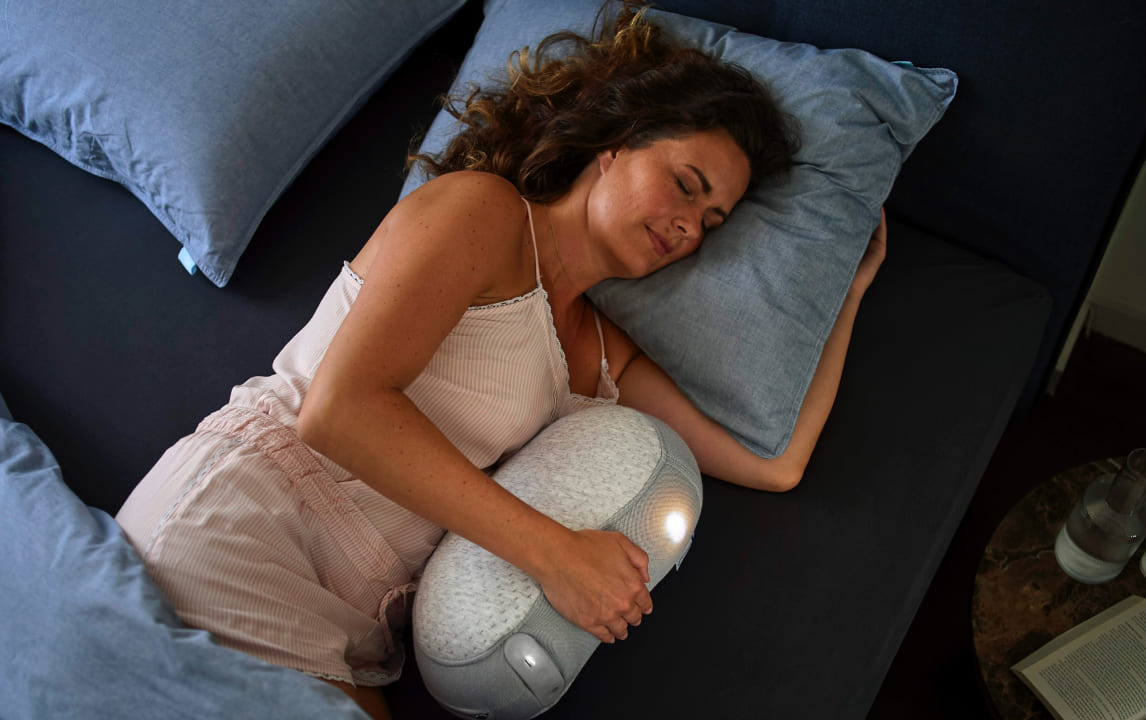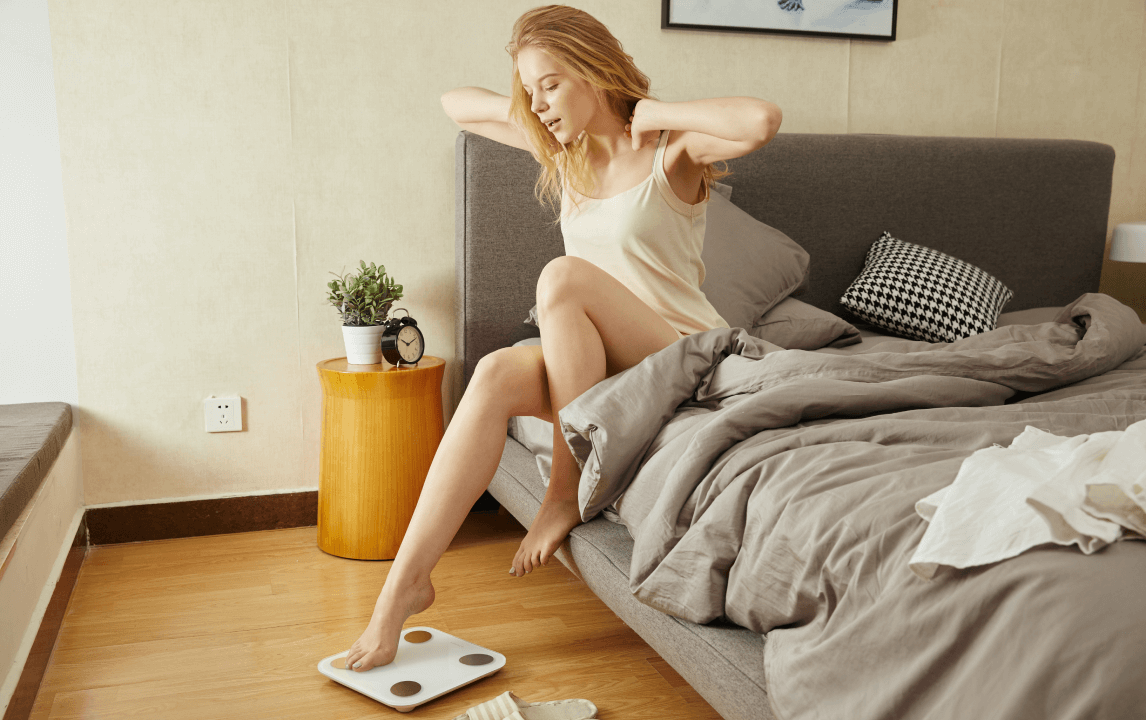*As an Amazon Associate I earn from qualifying purchases. This post contains affiliate links. If you want to buy sth related to health, lifestyle, daily necessities, you can get products at:https://amzn.to/4b4NAiT
Night showers, gather. There’s one notorious downside to an evening rinse that many—especially if you have longer hair that takes a while to dry—often complain about: Going to bed with wet hair. It’s a habit born of necessity: Some of us simply cannot wait out the time between our nightly wash and bedtime and thus have to sleep with damp strands. So, How to sleep with wet hair
Does Going to Sleep with Wet Hair Cause Breakage?
When hair is wet it is generally more prone to breakage. That’s because, when wet, the hair cuticle (the outer protective layer of the hair shaft) opens and makes the hair stretcher and more brittle. When the hair cuticle is open it can stretch more, so it can stretch in ways that can make the hair break more easily. That might happen if you’re brushing your hair while it’s still wet or, yes, if you’re naturally moving around while you sleep.
So, ultimately, it comes down to you and your own hair preferences. If you feel like going to bed with your hair damp causes breakage, that might be very true for you and it might be worth thinking about changing your habits. But if you don’t notice any ill effects, you can totally keep doing it.

6 Ways to Tell you How to Sleep with Wet Hair
1.Dry some of your hair before going to bed.
If you have some time, give your hair time to air dry, or use a hair dryer to dry the underside of your hair. Partially drying your hair makes it easier for your hair to dry while you sleep, creating a smoother finish.
To dry the underside of your hair, turn your head upside down and blast the underside, which is slower to dry.
2.Apply a leave-in conditioner to protect your hair.
Use a small amount of leave-in cream or spray to lightly coat your hair and prevent breakage and frizz. The conditioner will prevent your wet hair from getting damaged, and help you wake up to soft, smooth hair.
3.Tie your hair into a bun with a scrunchie.
Create a bun high on your head so that you can sleep without pain or distraction. Gently wrap your hair into a loose bun and tie a scrunch, instead of a hair tie, around the bun to hold it in place.
Unlike hair ties, scrunchies generally don’t leave a crease or dent.
Your hair may hold some of the curl of the bun when you take your hair down, especially if you have wavy or curly hair. This can provide volume and a slightly wavy texture!
4.Wrap your hair in a microfiber towel.
After gently toweling off your hair, flip your head upside down. Place your microfiber towel over your hair and gently wrap the towel around your head. Secure the towel with a clip, tie, or Velcro. You can sleep with the microfiber towel on your head, and fluff your hair in the morning for an effortless, healthy look!
Put your favorite styling cream on before wrapping your hair, especially if you have textured hair.
You can buy special towels made for wrapping your hair. These often have Velcro or buttons to secure the towel.

5.Wrap your hair in a silk scarf or bandana.
Apply your favorite hair product and comb out your hair. Then, secure your silk scarf or bandana around your hair by knotting the ends together. You may want to tie longer hair up into a ponytail or bun before wrapping.
6.Use a silk pillowcase to avoid damage. Silk pillowcases create less friction and can therefore help prevent damage to wet hair.To use, simply drape your hair up over your head so that it hangs off the edge of your silk pillowcase. This will allow your hair to air dry while you sleep without creating creases in your hair.
This method works better if you have straight hair.
If you have curly or wavy hair, you may be able to apply a curl cream and wake up with well-formed curls!
Can you sleep well with wet hair? You can detect this with Mintal Tracker. Going to bed with wet hair may not be the best choice for some of us (if you find that you have damage or scalp issues), so in those cases we do recommend figuring out a new wash schedule so your hair is better cared for.









